Territory
“A bottle of wine contains more philosophy than all the books in the world.”
Louis Paster
Vineyards
The quality of the SALAPARUTA DOC wine is born in the vineyard, thanks to the meticulous manual work, from dry pruning to the choice of the most suitable bud, operations aim at producing and selecting the best fruit. Some producers make a further choice during the harvest time in order to send the perfect grapes to the cellar.
The cultivation methods follow the principles of sustainability and low environmental impact, and more than 50% of the grapes are certified as organic.
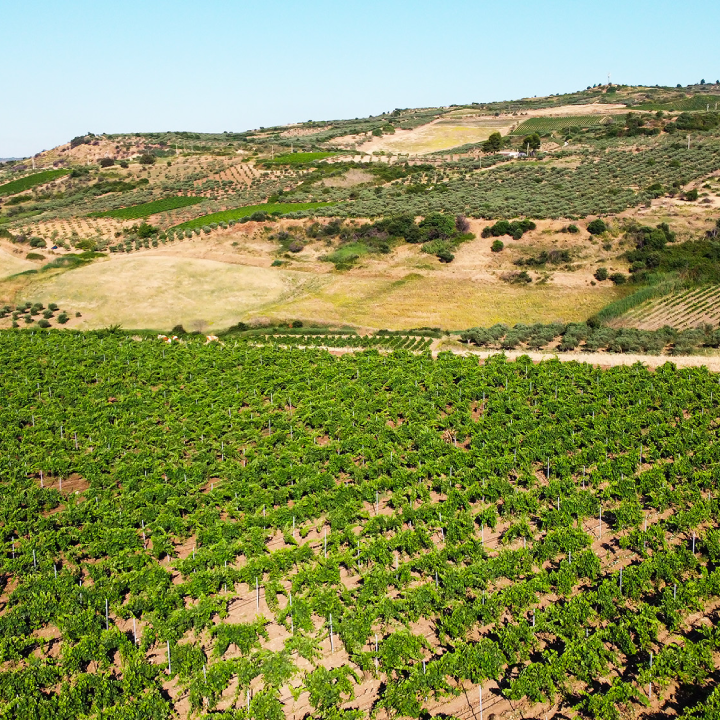
Chardonnay
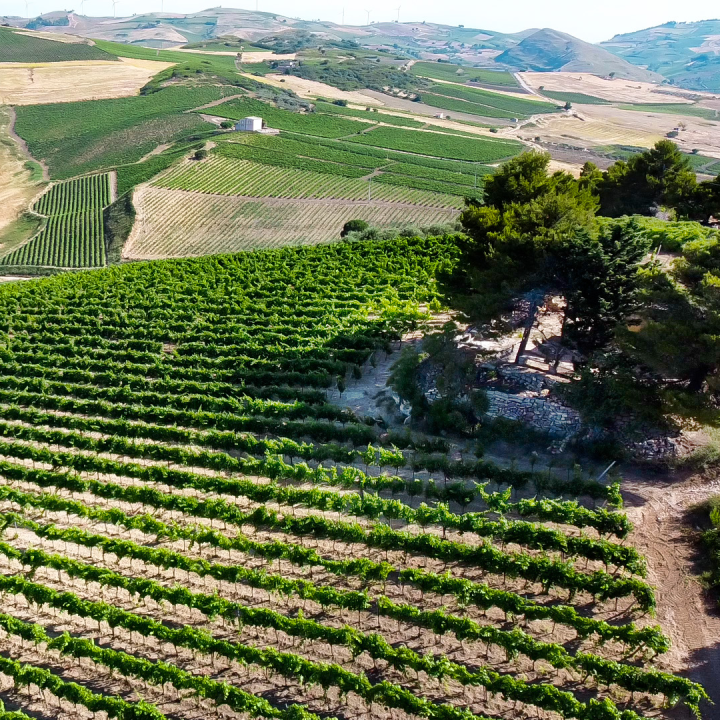
Cabernet Sauvignon
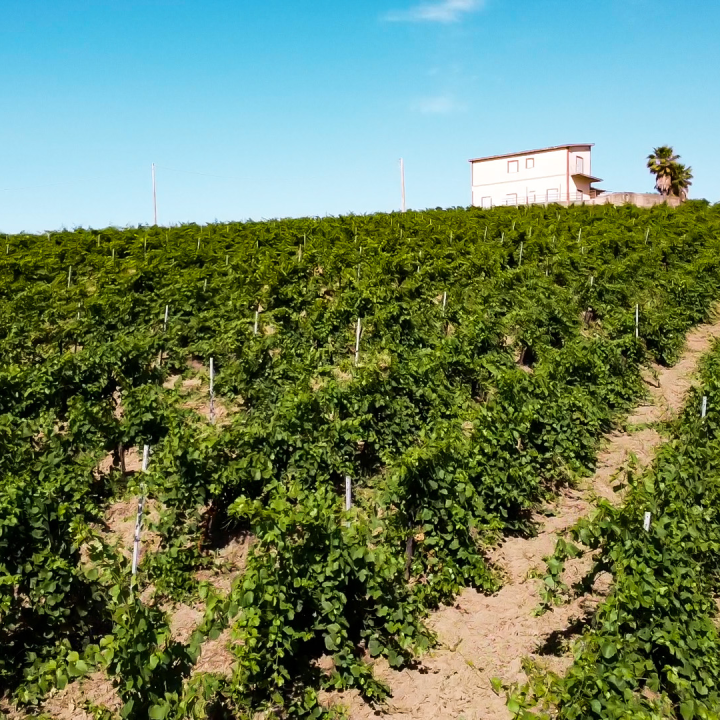
Catarratto
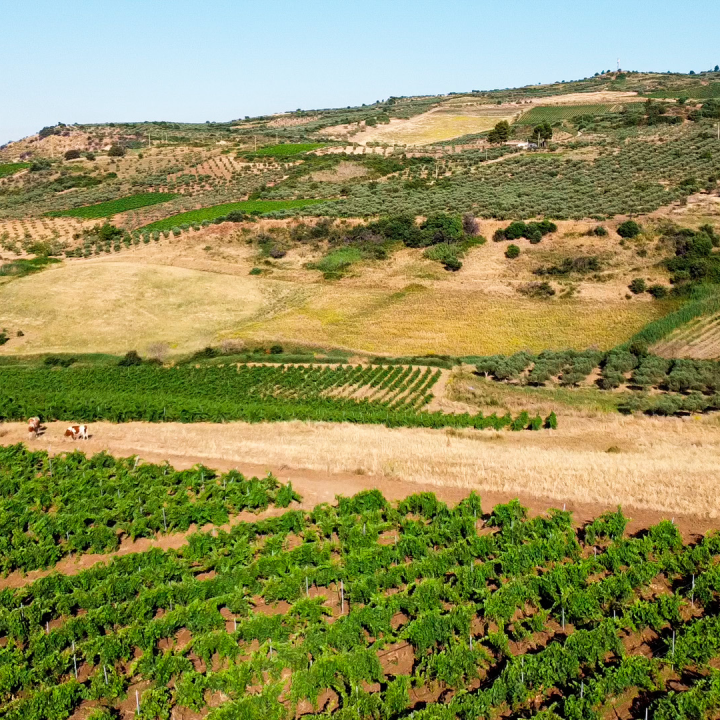
Syrah
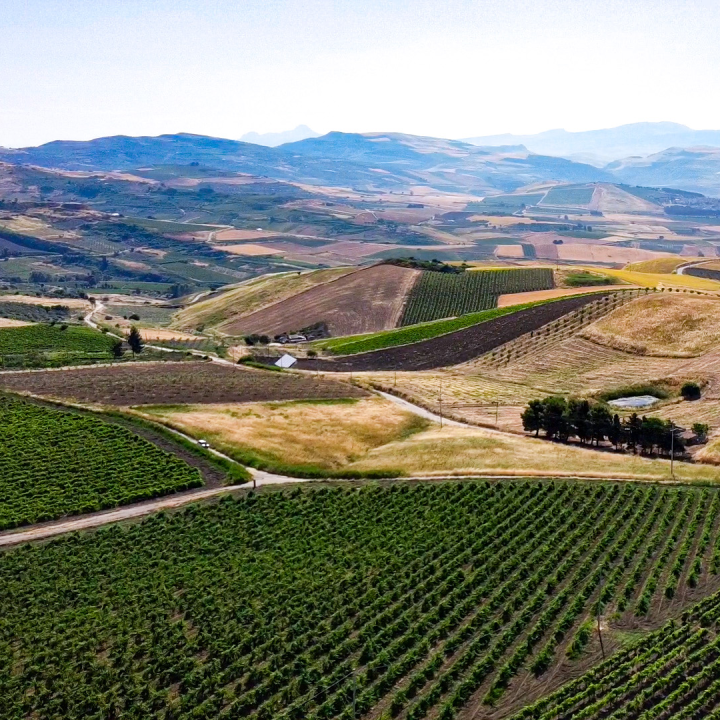
Nero d'avola
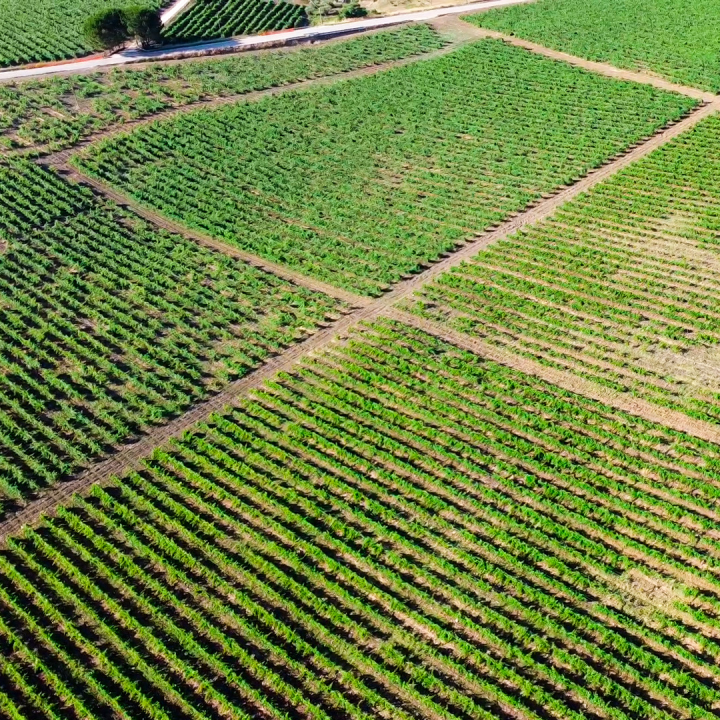
Grillo
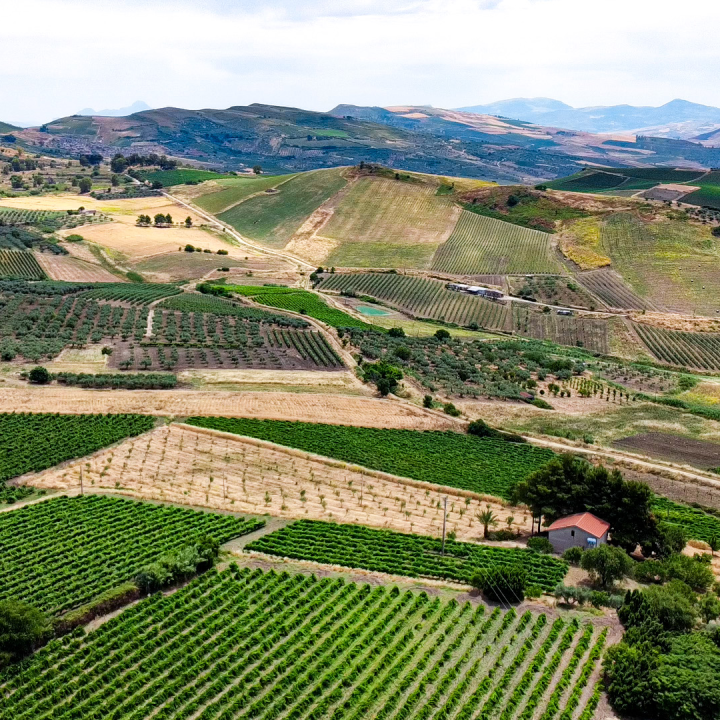
Merlot

Chardonnay

Cabernet Sauvignon

Catarratto

Syrah

Nero d'avola

Grillo

Merlot
Our land
Salaparuta is located in the south of Italy, in western Sicily, about forty kilometres south of the city of Palermo, in a hilly area with an unspoiled landscape.
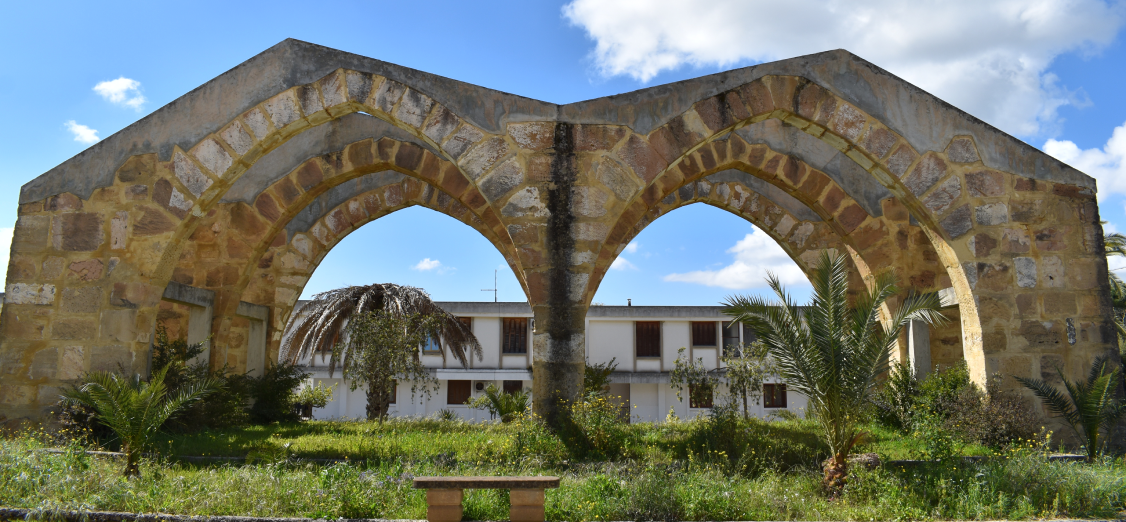
The production area of Salaparuta wines corresponds to the historical boundary of the Municipality of Salaparuta, an area of 15,000 hectares, of which only 35% is occupied by vineyards. he area has an almost irregular heptagram shape, whose ‘sides’ are delimited by the municipalities of Partanna, Santa Ninfa, Gibellina, Santa Margherita di Belìce and Contessa Intellina.
The Salaparuta hills have numerous pedological environments, of which the clay loam soil is the dominant one. The lower areas consist of fairly light soils produced by the debris of the Belìce river’s flooding. As it climb, the soil is enriched with mineral substances, being soils formed by the decomposition of calcareous rocks.
Salaparuta is about 35 km, in a beeline, from the sea, in fact we are the inland area of Selinunte.
History
Salaparuta is a town of 1,800 inhabitants based on an agricultural economy. It is a town rich of history, whose roots date back to the Neolithic period, as evidenced by the sacred stones and primitive altars found on Mount Balatizzo. A fertile territory, disputed over the centuries by different peoples, such as the Sicans, who were the first inhabitants, the Romans whose presence is testified by the ruins of a farm found in the Cusumano city quarter, the Arabs contributed to the foundation of four hamlets, including Rahal el Merath and Salah where the town was born.
Later under the Norman domination with Frederick II, Salaparuta obtained the title of municipality, but only with Baron Girolamo Paruta, in 1507 took the name Sala di Paruta and consequently Salaparuta. Few traces of such a rich historical past remain after the earthquake of 1968, that completely destroyed the town, the ruins are still visible today.
It is possible to admire the partial reconstruction of the Mother Church, a jewel of the Sicilian Baroque, the recently restored Capuchin Convent, and the ruins of the Frederician castle built on Arab foundations.

Wine growing areas
Salaparuta is one of the wine growing areas that, thanks to its geographic position, rich in facets and ready for environmental challenges supported by a production chorus strongly linked to the territory, offers identity wines with absolute sensory rigour.
Thanks to their proximity to the Belice river valley and their position on the hill, about 385 metres above sea level, they have defined the particular morphology of the land, allowing the formation of different vineyards with unique features.
Zone Vinicole
Salaparuta is one of the wine growing areas that, thanks to its geographic position, rich in facets and ready for environmental challenges supported by a production chorus strongly linked to the territory, offers identity wines with absolute sensory rigour.
Thanks to their proximity to the Belice river valley and their position on the hill, about 385 metres above sea level, they have defined the particular morphology of the land, allowing the formation of different vineyards with unique features.
Climate
The climate is typically Mediterranean, tending to be dry. The precipitations are concentrated during the winter months and late spring (annual average 660 mm). In wintertime, it almost never snows, except on particularly cold days. The mid-hill areas are rarely affected by fog, frost or late frost, also due to the frequent presence of the wind, which guarantees the best conditions for the health of the plants.
Throughout the entire vegetative phase of the vine, the climate is predominantly mild with an high number of sunny days that ensure a gradual and complete maturation of the grapes.
The presence on the territory of slopes with different orientations, the marked modulation of the hills and the altimetric gap (from 120 to 550 metres above sea level) between the valley areas and the highest area (Santo Menna city quarter), defines very different climatic micro-environments, even in areas very close to each other.
